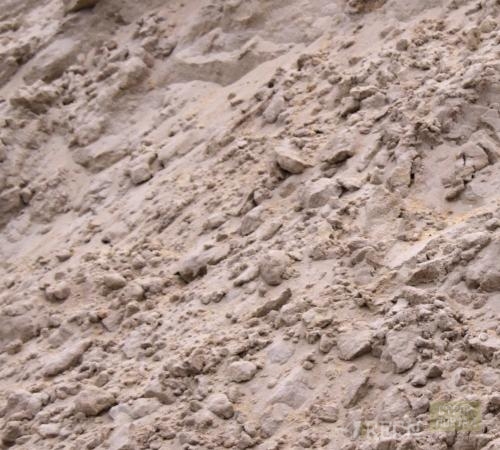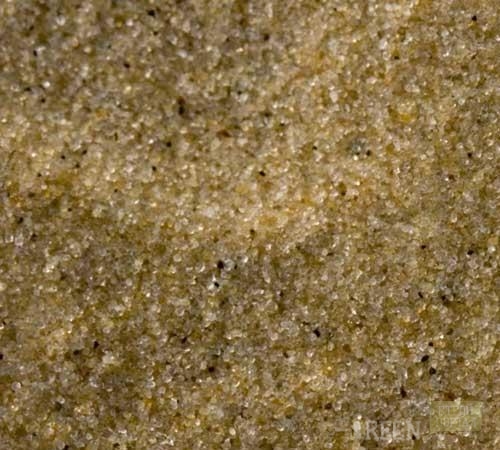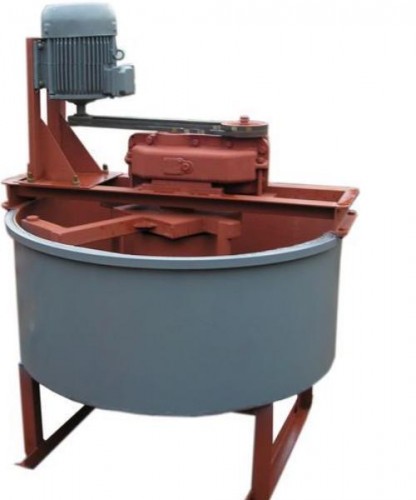
How to choose sand for foundation Building materials

Sand is an inorganic rock, without which it is impossible to submit the construction industry. In all centuries, the sand was an important component of the mixtures used in construction.
Content
Sand types.
Sand, which is used in construction, must be responsible for GOST 8736-93, according to which two grades of sand are distinguished. Also, the sand is distinguished by the method of obtaining:
- Career sand is mined in quarries, the most commonly used in construction. May have many different impurities: clay, small stones, dust. Since such sand was not additionally processed, it is not desirable to apply it in the finishing works. Before use, it must be dried and over.
- Washing sand - get by washing away from sand all impurities. Its purification can occur both in special enterprises and in careers. This sand can be used for most types of construction work.
- River sand - purified by naturally, is distinguished by exceptional purity, but has bad adhesion properties. Since the grain of such sand has a smooth round surface, it entails an increase in the amount of cement to obtain a high-quality mixture.
- Sea sand – The most high-quality type of sand. Passed double processing. It is used in construction, landscape design, for the arrangement of playgrounds, like a filter element and much more.
- Crushed sand - get artificially, when crushing rocks. The main sphere of use is a small aggregate in concrete mixes. Since when crushing the shape of the sands have an irregular shape, so it exhibits good adhesive properties, saving cement.
For use in finishing works, in landscape design and for filtering liquids, artificially produce:
- thermosite sands;
- perlite sands;
- marble crumb;
- granite crumb;
- shungizite.
Sand Classification
Peschins have a different shape and size. Therefore, the following grain size modules are distinguished:
- Very large - grain size is 3.5-5 mm. Apply as aggregate concrete mixtures, in road construction.
- Increased size - grain size 3-3.5 mm. Use for fillings of foundations, concrete structures, staircase marches.
- Large - grain size of 2.5-3 mm. Apply as a small aggregate concrete mixtures, in road, industrial and private construction.
- Middle - grain size 2-2.5 mm. Used when preparing dry concrete mixes, sandy cement plasters.
- Small - grain size 1.5-2 mm. It is used for the manufacture of bricks, tiles and tiles.
- Very small - grain size is 1-1.5 mm. Apply for the manufacture of plastering blends of bulk floors, fill the screeds.
- Thin - grain size 0.7-1 mm. Used in various plaster and adhesive dry mixtures.
- Very thin - grain size up to 0.7 mm. Used in the manufacture of foam concrete, aerated concrete, polystyrene bonts.
What sand is required for foundation
To any kind of construction, it is necessary to approach responsibly. Selection of high-quality building materials will ensure reliable construction in the future. The foundation in this case plays the first and important role. It gives all the loads that will experience your home.
Sand for the foundation should be clean - without clay or any other dust impurities. It is not recommended to use river and sea sand. Since the sands were in water for a long time, the water rounded their form, which would negatively affect the amount of cement consumed for a particular brand of concrete. In this case, the ideal solution will be washed career or crushing sand. The sand fraction should be within 2-3 mm. Smaller sand will be more expensive, and the use of large fractions will also lead to an increase in cement consumption.
How much sand for the foundation
To build a garage and a two-story house, completely different foundations are needed. And all this perfectly understand. But how to choose the optimal composition of the concrete mix to have a sufficient margin of safety?
To bookmark and fill the foundation in private construction, several concrete brands are used:
- M200, M250 - Foundations for light buildings: Hozblock, Garage, One-storey house;
- M300, M350 - Foundations of two-three-storey houses, slabs of overlappings, armopoyeas.
We decided on the brand of concrete, now it is necessary to choose the ratio of components for a certain brand. For cooking 1 m3 of concrete you need:
In brackets indicated the mass ratio of components to the mass of cement.
It is important to remember that such a parameter is played as a larger role as a mixture, as a water-cement ratio (VTS) - the ratio of the mass of water and cement. The smaller the WC, the better concrete. In handicraft conditions to achieve a small MC at 0.5-0.6, it is very difficult for this, for this it is necessary to use concrete mixers with forced mixing.
In gravitational concrete mixers, such a MC is generally impossible.
Since at home for the preparation of the mixture, more volumetric measures are used, we will make a brief translation of the masses in liters. So, the standard 10-liter bucket is:
- 12-15 kg of cement;
- 14-18 kg of sand, depending on humidity;
- 12-16 kg rubble depending on the fraction.
So, for the M150 brand, according to the table and the data given, after the translation, we obtain a ratio of 1: 4: 3: 1 (cement / crushed stone / sand / water). By simple mathematical computing, it is possible to count volume measures for other concrete brands.
























